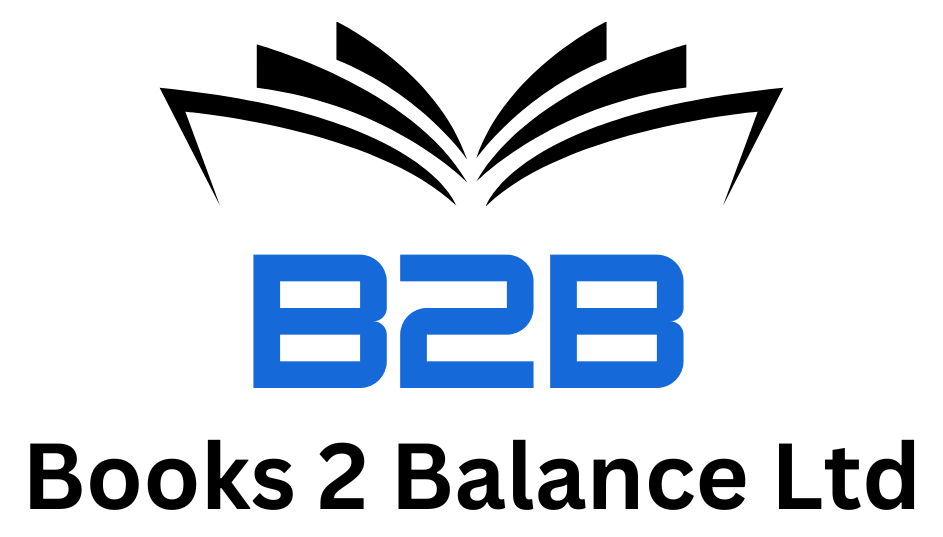The Importance of a Cash Flow Statement: Why Your Business Needs It
Cash is the lifeblood of any business. Without proper cash flow management, even profitable companies can face financial distress. One of the most critical tools for monitoring cash movement is the cash flow statement—a financial report that tracks how money flows in and out of your business over a specific period.
In this blog, we’ll explore:
✔ What a cash flow statement is
✔ Why it’s essential for your business
✔ The three key components of cash flow
✔ How to analyse and improve cash flow
1. What Is a Cash Flow Statement?
A cash flow statement (or statement of cash flows) is one of the three core financial statements (alongside the income statement and balance sheet). It provides a detailed breakdown of:
- Cash inflows (money coming into the business)
- Cash outflows (money going out)
- Net change in cash over a given period (month, quarter, or year)
Unlike an income statement (which includes non-cash items like depreciation), the cash flow statement shows actual liquidity—how much cash is available to pay bills, invest, or cover emergencies.
2. Why Is a Cash Flow Statement Important?
✅ Helps Prevent Cash Shortages
Many businesses fail because they run out of cash, even if they’re profitable. A cash flow statement helps you:
- Predict upcoming cash shortages.
- Plan for expenses (payroll, rent, inventory)
- Avoid late payments or overdraft fees.
✅ Tracks Operational Efficiency
By analysing cash flow from operations, you can see:
- How well sales convert into actual cash
- If your business is generating enough cash to sustain itself
- Whether you’re relying too much on loans or investors
✅ Supports Better Financial Planning
Investors, lenders, and stakeholders rely on cash flow statements to assess:
- Liquidity (Can the business pay its short-term debts?)
- Solvency (Is the company financially stable long-term?)
- Growth potential (Can it fund expansion without debt?)
✅ Identifies Financial Trends
Comparing cash flow statements over time reveals:
- Seasonal fluctuations in revenue
- Unnecessary expenses draining cash
- Opportunities to optimize working capital
3. The Three Key Sections of a Cash Flow Statement
A cash flow statement is divided into three main categories:
1. Cash Flow from Operating Activities
This section shows cash generated from core business operations, such as:
✔ Sales revenue
✔ Payments to suppliers
✔ Employee wages
✔ Interest and taxes
💡 Positive operating cash flow = Healthy business
2. Cash Flow from Investing Activities
This tracks cash used for investments, including:
✔ Purchasing equipment or property
✔ Selling assets
✔ Buying/selling stocks
💡 Negative investing cash flow isn’t always bad (e.g., buying new machinery for growth).
3. Cash Flow from Financing Activities
This covers external funding sources, such as:
✔ Loans (inflows when borrowed, outflows when repaid)
✔ Investor funding (equity investments)
✔ Dividend payments to shareholders
💡 High financing cash flow may indicate reliance on debt.
4. How to Analyse & Improve Cash Flow
📊 Key Cash Flow Metrics to Monitor
- Operating Cash Flow (OCF) = Cash from core business
- Free Cash Flow (FCF) = Cash left after expenses & investments
- Cash Burn Rate = How quickly cash is depleting (for startups)
🔧 Tips to Improve Cash Flow
✔ Speed up receivables (offer early payment discounts)
✔ Delay payables (negotiate longer terms with suppliers)
✔ Reduce unnecessary expenses (cut non-essential costs)
✔ Maintain a cash reserve (for emergencies)
5. Cash Flow Statement vs. Profit & Loss (P&L) Statement
| Aspect | Cash Flow Statement | Profit & Loss (P&L) Statement |
|---|---|---|
| Focus | Actual cash movements | Revenue vs. expenses (accrual basis) |
| Includes | Only cash transactions | Non-cash items (depreciation, credit sales) |
| Purpose | Liquidity tracking | Profitability assessment |
💡 A business can be profitable but still run out of cash!
Final Thoughts
A cash flow statement is not just for accountants—it’s a vital tool for business owners, investors, and financial planners. By regularly reviewing your cash flow, you can:
- Avoid financial crises.
- Make smarter spending decisions.
- Secure funding more easily.
- Plan for sustainable growth.
If you’re not already tracking cash flow, start today using tools like QuickBooks, Xero, or Excel templates—your business’s survival may depend on it!
Need help preparing or analysing your cash flow statement?
📩 Contact us for expert bookkeeping & financial advisory services!
